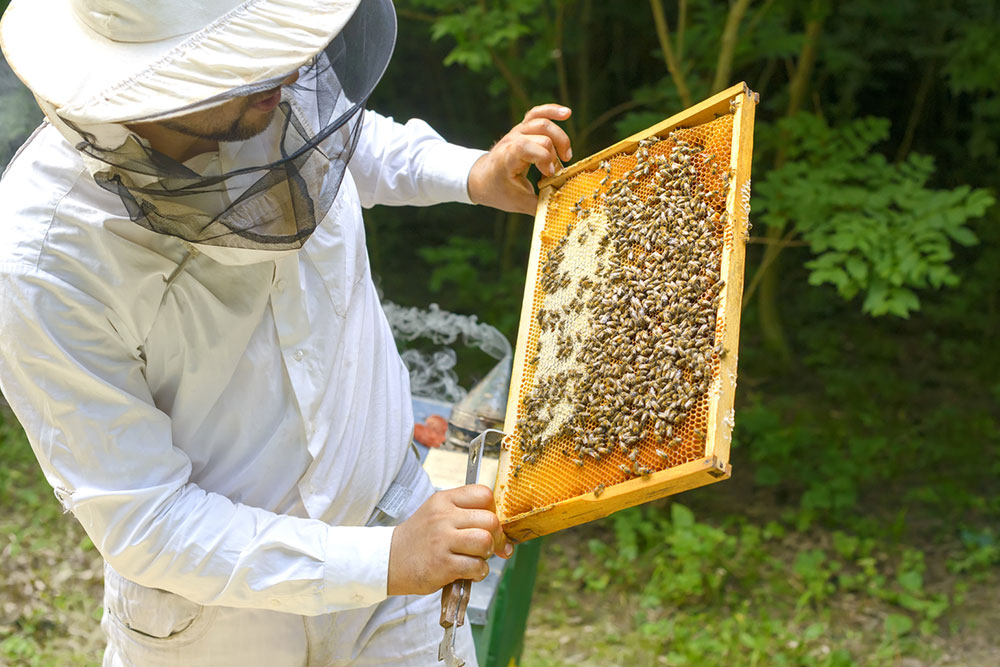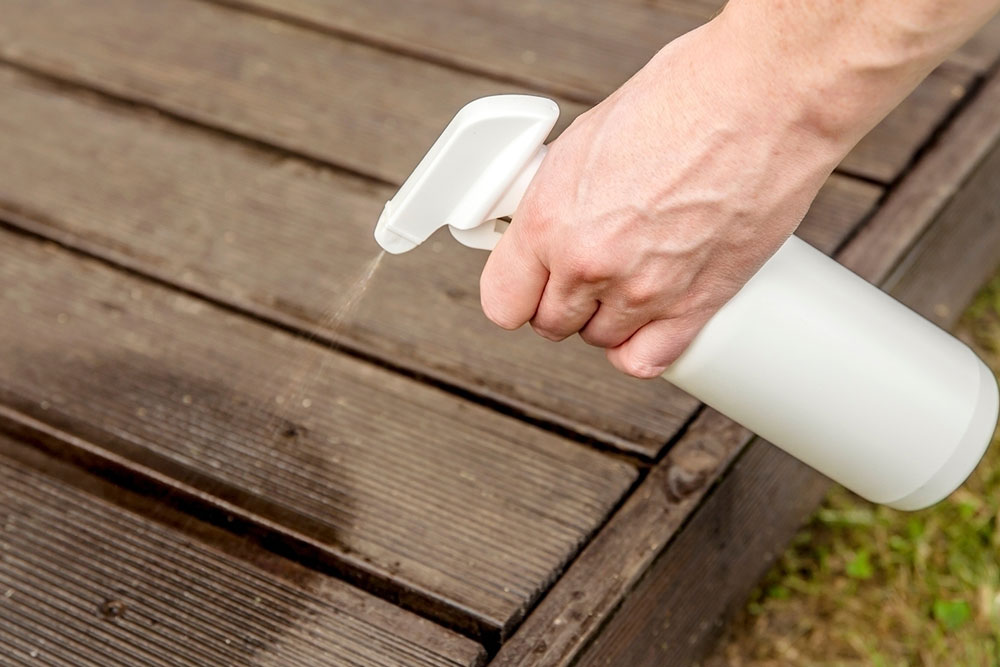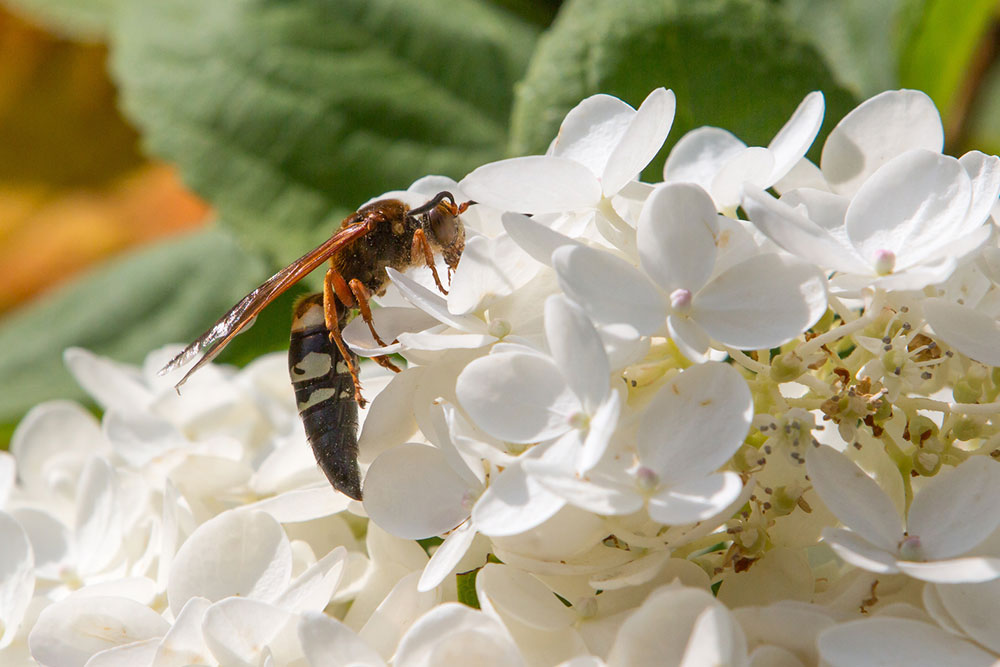Effective Natural Methods to Eliminate Carpenter Bees
Discover eco-friendly and effective natural methods to eliminate carpenter bees. From homemade sprays with citrus and almond oils to boric acid solutions and vacuum techniques, these safe options protect your wooden structures without harmful chemicals. Learn how high-frequency sounds and vinegar solutions can complement your pest control strategy. Perfect for environmentally conscious homeowners seeking simple, sustainable solutions for carpenter bee removal.

Effective Natural Methods to Eliminate Carpenter Bees
Carpenter bees often burrow into wooden surfaces, laying eggs in their tunnels, which can cause damage to furniture, walls, and flooring. While chemical solutions are common, natural remedies offer a safer and eco-friendly alternative. Various approaches can help deter or eliminate these insects without harming your environment. The following methods utilize readily available household ingredients and simple techniques, making pest control safer and more sustainable.
Boric Acid is a versatile compound often found in homes that effectively treats wood and repels insects. It is used in industries for manufacturing ceramics, glass, and cosmetics. Its wood-preserving properties make it ideal for preventing carpenter bee infestation.
Boric acid can be used to protect wooden surfaces from carpenter bees. To create a homemade repellent, combine three parts water with one part boric acid in a spray bottle. Spray this mixture directly into existing holes and nests to deter and eliminate the pests effectively. This solution also works for other insect control projects around your property.
Citrus Oil Spray contains natural essential oils from lemon, lime, and orange, which scientific research shows to repel carpenter bees. Making your own citrus spray at home allows for control over ingredients and potency.
To prepare, fill a spray bottle halfway with water and add approximately ten drops of citrus essential oil. Shake well before use, then spray along wooden surfaces, entry points, and areas where bees are active. The strong scent masks their usual environment, encouraging them to move elsewhere.
Almond Oil also acts as a natural repellent for carpenter bees. Its potent aroma discourages these insects from settling in treated areas.
Mix water with almond oil, adding an extra 5-10 drops of almond oil to enhance the scent. Spray this solution anywhere bees are problematic. Its natural properties make it an effective and safe method for pest control without harmful chemicals.
Vacuum Method can physically remove bees and their nests. Using a powerful vacuum and small nozzle attachment, carefully suck out bees and eggs from open nests or entry points.
While this method is quick and easy, it works best on superficial or recent nests. Be sure to seal entry points after removal to prevent reinfestation. Vacuuming doesn’t eliminate larvae deep in wood, so complementary treatments may be necessary.
Ultrasonic Devices emit high-frequency sounds that bees find uncomfortable, forcing them to vacate nests.
Playing these sounds near active nests can be effective temporarily. Note that loud sounds may disturb neighbors, so communicate accordingly before use.
Vinegar Solution serves as an affordable and natural deterrent. Its acetic acid content makes it unpleasant for bees.
Prepare by mixing vinegar with water and spraying on affected areas, entry points, and nests. Since vinegar is common in kitchens, this low-cost solution is convenient and effective for home use.










